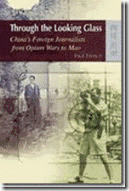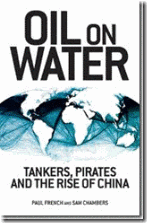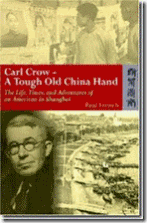Research, published in the new book The Emotional Life of your Brain by Richard J. Davidson (with Sharon Begley), has good news. We can change our emotional styles and become more self-aware, attentive to context, and resilient – core skills for surviving and thriving in the rough-and-tumble leadership world. All it takes is systematic mental practice.
I’ll let you read the neurophysiology and brain science and just cut to the chase here. By thinking – and thinking alone – adults can expand areas of the brain to broaden their cognitive and emotional capacities.
This gives us more control than previously believed over what Davidson and Begley call the Six Key Elements of Emotional Style: our resilience in the face of disappointment, outlook on life, self-awareness, social intuition, attention, and sensitivity to context.
To quote the authors: “Mental activity, ranging from meditation to cognitive-behavior therapy, can help you develop a broader awareness of social signals, a deeper sensitivity to your own feelings and bodily sensations, a more consistently positive outlook, and a great capacity for resilience.”
Too negative an outlook on life or situation? Embrace the essentials of “well-being therapy” and focus on ways you can be more grateful, generous, appreciative, and upbeat. You’ll have significant growth in the brain areas used, giving you quicker and more automatic access to these positive responses over time.
Not very self- or other-aware? Slow down and ask yourself to focus on the feelings, discomfort, or concerns of another. It’ll increase activation of the circuitry involved in taking in pain and distress more carefully and broaden your capacities to see life more richly and compassionately.
Too self-aware and filled with the internal chatter and self-evaluations that keep you spinning your wheels? Learn to observe your thoughts or feelings non-judgmentally and choose to put them aside.
Mindfulness and meditation help here. [See the blog archives for past posts of mindfulness and the work of Ellen Langer.] With practice, you’ll develop the hard-wiring and self-control needed to pause, acknowledge a setback or disappointment, have a good laugh at how quickly your mind wants to perseverate and magnify a mere bump in life’s road, and stop yourself from spiraling downward.
The authors claim that locating the base of emotions at least partly in the brain’s seat of reason is a major break from conventional wisdom in psychology and neuroscience.
I’m thrilled their work affirms human capacities to develop the emotional and cultural intelligence needed for effective leadership in an increasingly diverse world. How do you want to lead? Respond? Be? Make it happen. That’s hugely empowering – and productive for us all!

![clip_image002[4] clip_image002[4]](https://theleadershipprofessor.com/wp-content/uploads/2011/04/clip_image0024_thumb.jpg)
![clip_image004[4] clip_image004[4]](https://theleadershipprofessor.com/wp-content/uploads/2011/04/clip_image0044_thumb.jpg)
![clip_image006[4] clip_image006[4]](https://theleadershipprofessor.com/wp-content/uploads/2011/04/clip_image0064_thumb.jpg)





